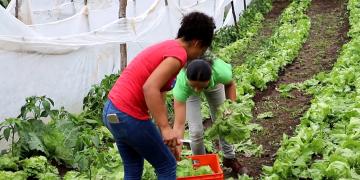I. Create a sense of belonging to local ecosystems.
II. Community organization
III. Intersectoral work and community participation
IV. Experiment with new methods, ideas and approaches in a limited area.
V. Encourage livestock management and rangeland restoration.
